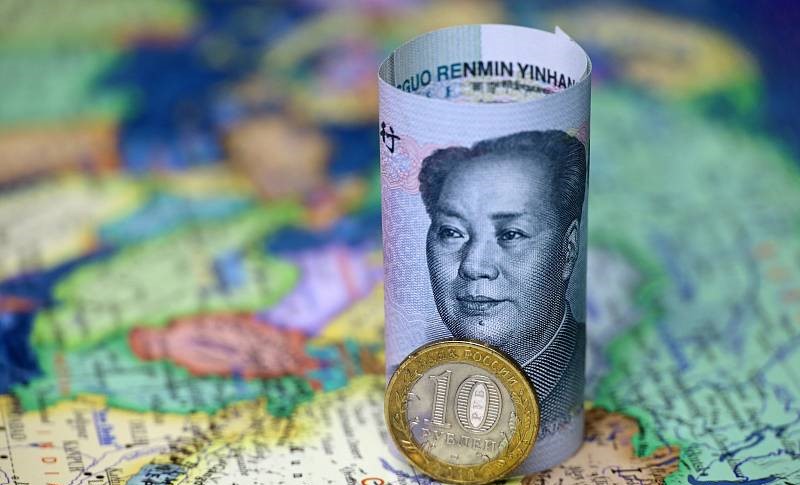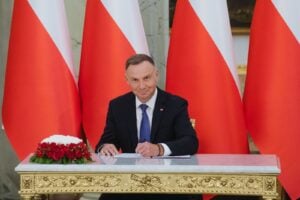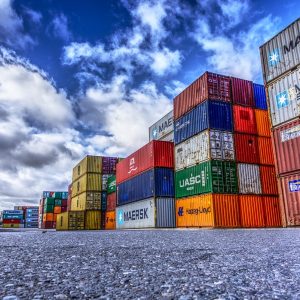Russia gives the Far East to its allies: China and North Korea are increasing their influence on the territory that Moscow cannot hold
16 October 21:49
Moscow is increasingly “paying off” its allies in the war against Ukraine not only with weapons or resources, but also with its own territories and the right to influence them. This was reported by the Foreign Intelligence Service of Ukraine, "Komersant Ukrainian" reports.
This refers to the Far East, Russia’s largest region, which formally remains under the control of the Kremlin, but is gradually coming under external control.
Due to the lack of investment, human resources, and state development programs, the Kremlin has opened the region to Chinese capital and North Korean labor, creating conditions that are turning it into a zone of external expansion.
Chinese expansion: money, trade and people
China has become a major economic player in the Far Eastern Federal District.
According to forecasts, in 2025 the volume of Chinese investment in the region could reach a trillion rubles.
However, according to experts, most of the agreements do not create new infrastructure; they only increase Russia’s trade dependence on China.
Senator Viktor Kalashnikov from the Khabarovsk Territory admitted that Russian-Chinese trade increased by 36% in the first half of 2025 alone.
In return, Russian companies are increasingly becoming suppliers of raw materials to Chinese markets.
At the same time, demographic expansion continues:
- Up to two million Chinese already live from Vladivostok to the Urals.
- Thanks to visa-free travel and benefits within Russia’s special economic zones (SEZs), they are creating enclaves where the local population is practically not involved in the economy.
DPRK: cheap laborers mean big profits for Pyongyang
At the same time, the Kremlin is opening the Far East to workers from North Korea.
According to official figures, more than 15,000 North Koreans have arrived here over the past year, and unofficially up to 50,000.
Russian companies have already ordered another 153,000 contracts for the next few years.
Such labor agreements violate UN sanctions that prohibit the use of North Korean labor abroad.
Despite this, workers receive minimum wages, while Kim Jong-un’s regime earns up to $500 million annually.
Thus, Moscow finances Pyongyang while simultaneously transferring control over the labor sector of some of its territories to it.
A unique situation is emerging in the Far East, where two nuclear powers – China and the DPRK – are strengthening their positions in the territory of a third country that is formally allied to them.
- China is creating economic dependence;
- The DPRK is creating a labor and social presence.
In fact, Russia is losing control over a region that makes up 40% of its territory (over 7 million square kilometers) and has only 7.9 million inhabitants.
The Far East is a strategic area with major military bases, seaports, and mineral deposits.
Since the 2010s, Moscow has declared its intention to develop the region, but the Far East Development program has failed due to lack of investment, corruption, and population outflow.
After the full-scale invasion of Ukraine, the Kremlin lost access to Western funding, so it relied on the East, primarily China and North Korea.
This has yielded short-term benefits, but has created a dependency that increasingly resembles a de facto loss of sovereignty over the region.
Watch us on YouTube: important topics – without censorship
What’s next
Analysts do not rule out that if Moscow weakens further, a quiet redistribution of territories may begin – through concessions, long-term leases, or joint projects, which would effectively mean a transfer of control to China or North Korea.
Russia, which is trying to look like a “union center,” risks becoming a donor of territories and resources to partners who already view it not as an equal but as a raw material appendage.
Read us on Telegram: important topics – without censorship









